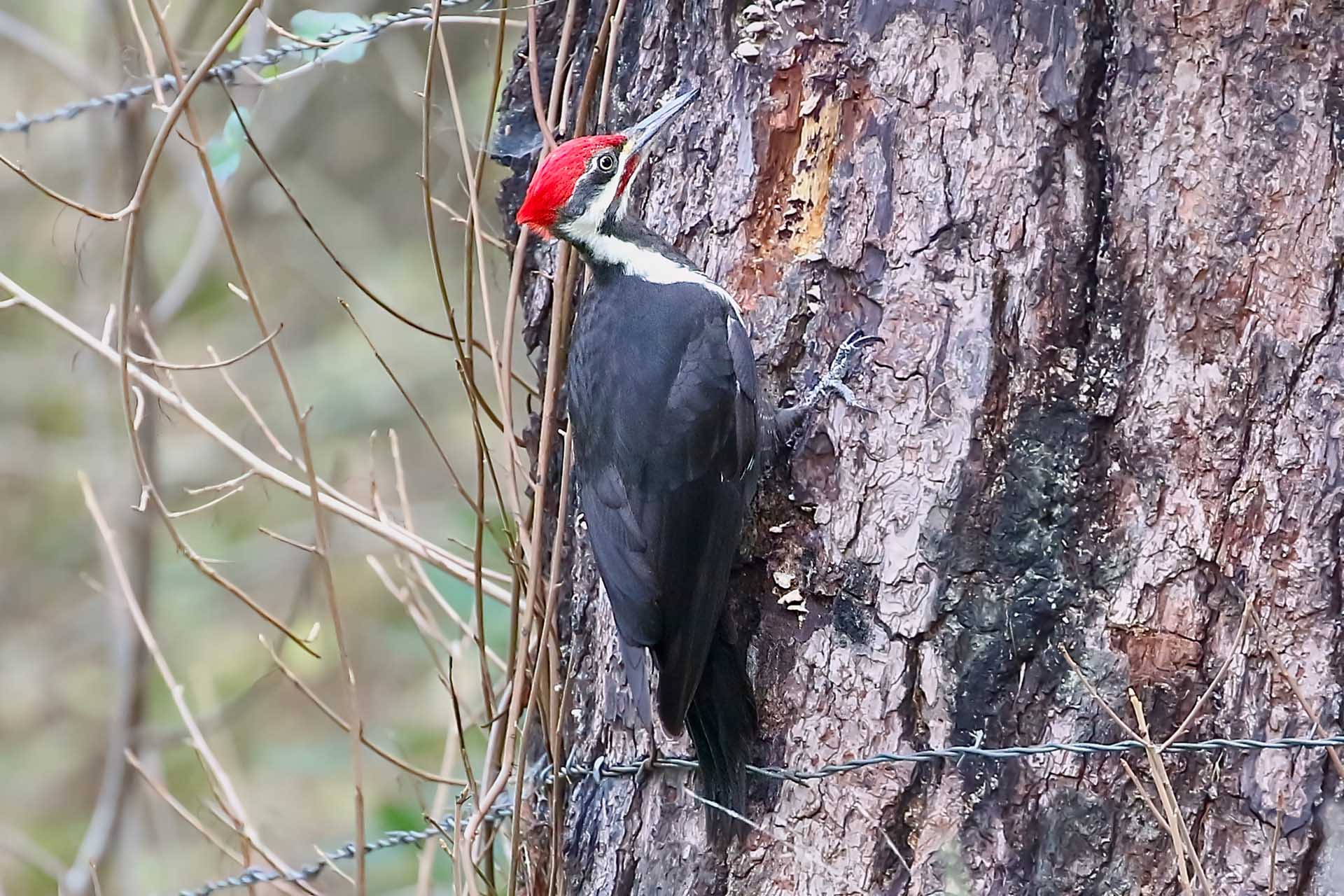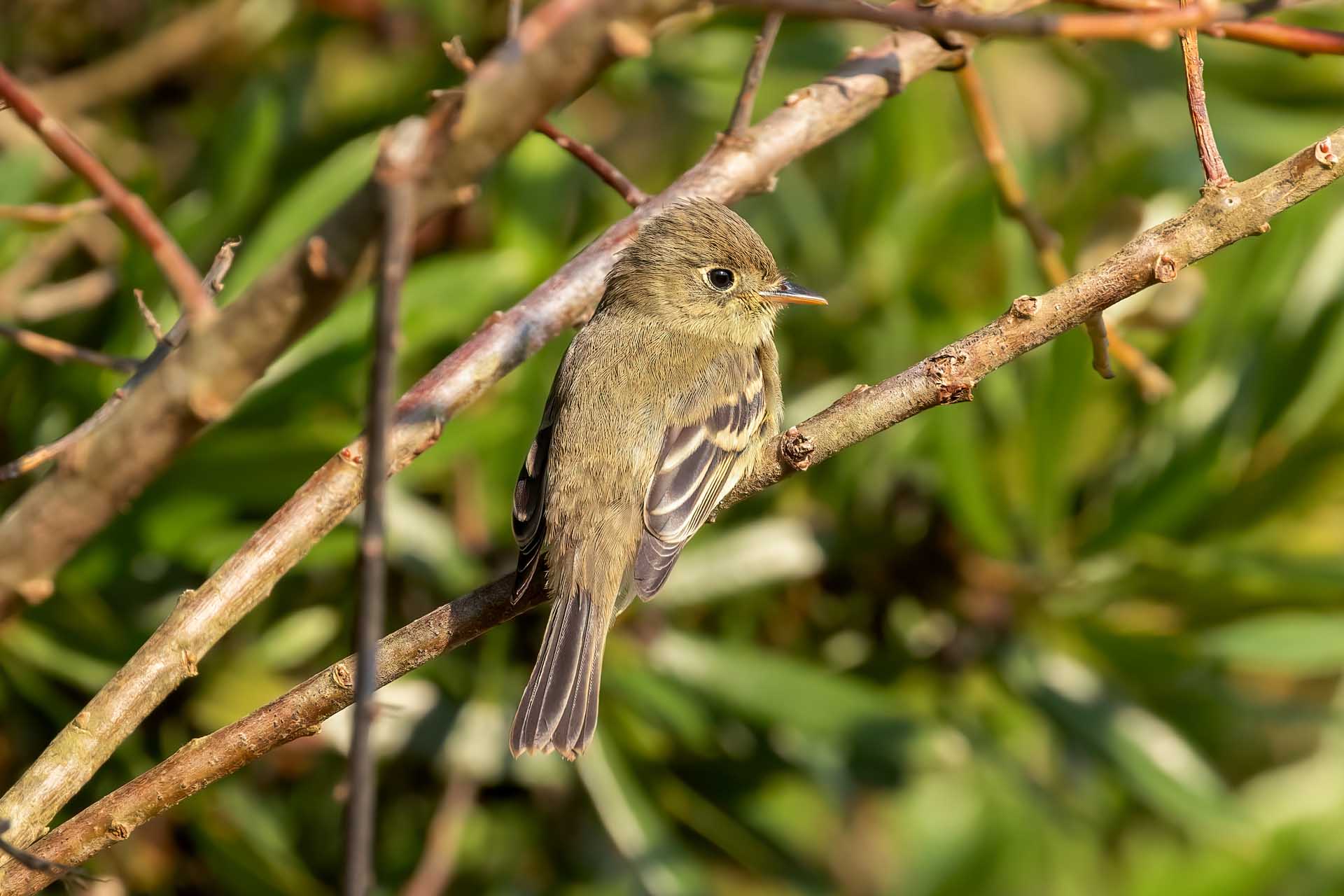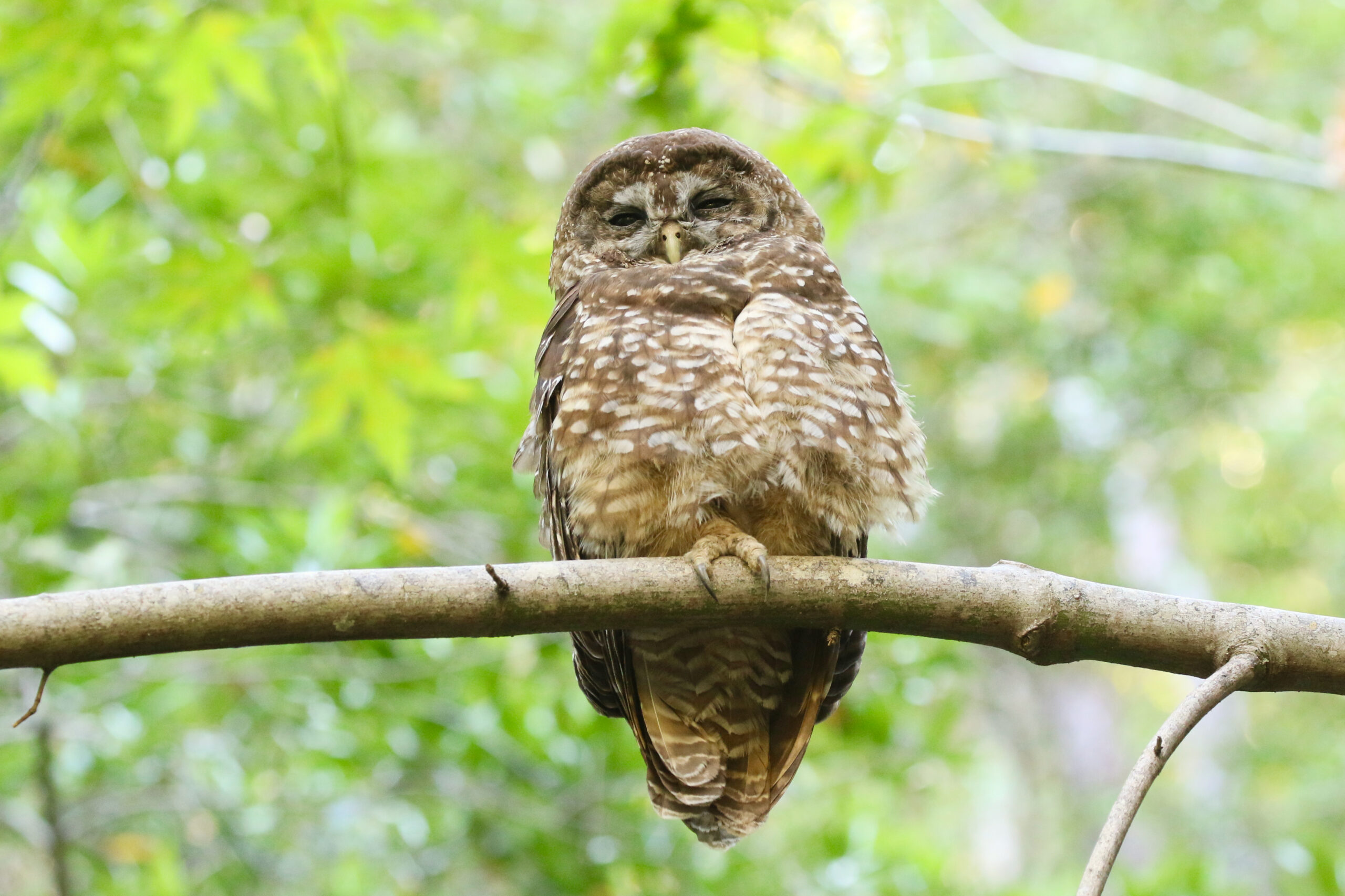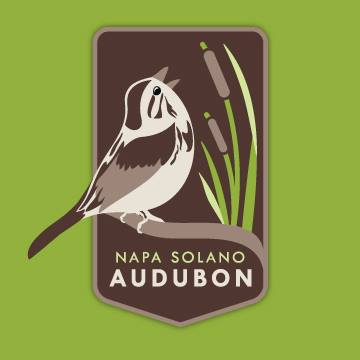Bothe Napa Valley State Park

Located in the heart of the beautiful Napa Valley wine country, the Park offers camping, picnicking, swimming, and hiking trails that go through stands of coastal redwoods as well as forests of Douglas-fir, Tanoak, and Madrone. Most of the park is rugged, with elevations ranging from 300 to 2,000 feet. You will notice a pattern in the vegetation: the forests are on the north-facing slopes and in canyons, while south-facing slopes open into a drier grassy, chaparral type of habitat; redwoods grow along the creeks and springs. Plant life hides much of the park’s geology, which is principally volcanic, but you can see a reminder of the area’s violent geologic past in the volcanic ash cliffs of upper Ritchey Canyon. Several species of birds can be easily detected though, including the 6 species of woodpecker that inhabit the park. The beautiful crow-sized pileated woodpecker is one of them and can be heard and seen regularly. On a more rare occasion a spotted owl can be found, perched in a redwood tree. The park is home to raccoons, gray squirrels, deer, foxes, bobcats, and coyotes to name a few, but they are sometimes difficult to spot because of their nocturnal habits and the heavy forest cover. Operated by the Napa Open Space District, this gem of a park has over 10 miles of hiking trails, spacious day use areas for picnics and family outings and overnight accommodations for any style with private cabins, yurts and campsites for tent and RV camping.
Common Residents and Breeding Birds:
Anna’s Hummingbird, California Quail, Wild Turkey, Mourning Dove and Band-tailed Pigeon, Turkey Vulture, Red-shouldered, Red-tailed and Cooper’s Hawks, Great-horned, Northern Pygmy and Spotted Owls, Acorn, Downy, Hairy, Nuttall’s, Red-shafted Flicker, and less common Pileated Woodpeckers, Black Phoebe, Western and Ash-throated Flycatchers, Violet-green Swallows, Wrentit, Bushtit, Chestnut-backed Chickadee, House and Bewick’s Wrens as well as one of the most reliable locations in the county to spot Pacific Wrens. American Robin, Hermit Thrush, Blue-gray Gnatcatcher, Oak Titmouse, White-breasted Nuthatch, Brown Creeper, Hutton’s, Cassin’s and Warbling Vireos, Song Sparrow, House Finch, Lesser Goldfinch, Dark-eyed Junco, California and Spotted Towhee, California Scrub-Jay and Stellar’s Jays, American Crow, Common Raven, Orange-crowned, and Wilson’s Warblers, and Black-headed Grosbeaks are all possible.
Migrants: Many of our resident birds overwinter and can be found along the creek in the forested areas. New arrival overwintering birds include Ruby-crowned Kinglet, White-crowned, Golden-Crowned and Fox Sparrows, Purple Finch and Western Tanager may be seen. In some years, Band-tailed Pigeons flock in large numbers to feast on the Toyon Berries. During May you may be treated to Townsend’s, Black-throated Gray, Hermit, and Yellow-rumped Warblers migrating through the park.



